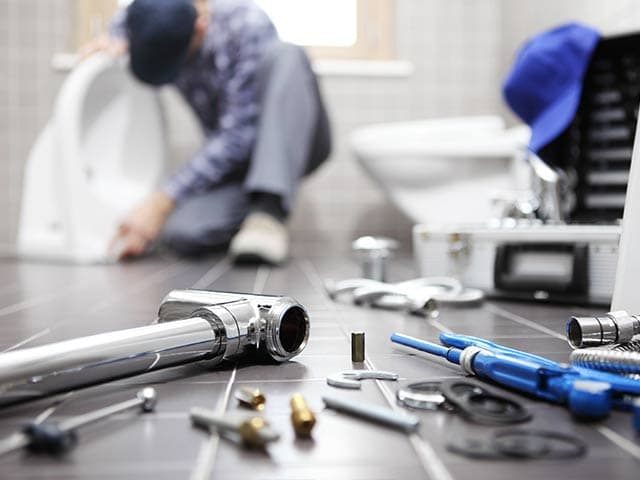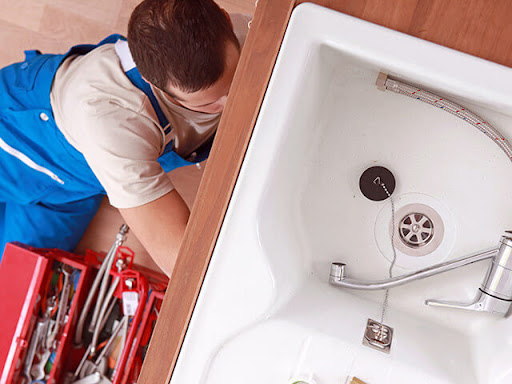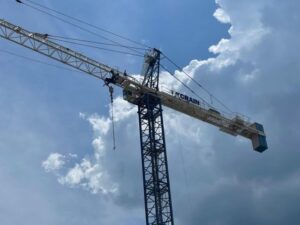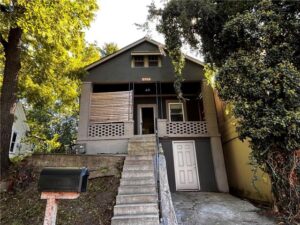Winter Plumbing Maintenance Tips

As winter approaches, homeowners should take steps to ensure their plumbing systems are ready to withstand the cold temperatures. Frozen pipes are one of the most common and costly plumbing issues that occur during the winter months, leading to bursting pipes and severe water damage. Taking proactive measures to prevent freezing can save you from significant headaches and costly repairs.
Here are some essential winter plumbing maintenance tips to help protect your home’s plumbing system from freezing pipes.
1. Insulate Exposed Pipes
One of the most effective ways to prevent pipes from freezing is by insulating them. Pipes that are exposed to cold air, especially those in unheated areas like basements, attics, garages, or crawl spaces, are at risk of freezing. Insulating these pipes helps keep the heat in and prevents cold air from reaching them.
You can insulate pipes using foam pipe insulation, which is easy to install and relatively inexpensive. There are also heat tape and cable options that you can wrap around your pipes. These options use electricity to generate heat and keep your pipes warm. Be sure to choose an insulation method appropriate for the specific area where your pipes are located.
2. Seal Gaps and Cracks
Cold air can easily seep into your home through cracks, gaps, and holes in the foundation, walls, and around windows and doors. These openings allow cold air to come into contact with your pipes, increasing the risk of freezing. To prevent this, inspect your home’s exterior for any visible cracks or gaps and seal them with caulking, weather stripping, or foam sealant.
Check around windows, vents, and where pipes enter the house to ensure there are no drafts. You can also use expandable foam or spray foam to seal any large gaps, especially in attics and crawl spaces. Keeping the cold air outside will help protect your pipes from freezing.
3. Keep Interior Doors Open
Interior doors that lead to unheated areas, such as kitchen cabinets or closets, should be kept open during extremely cold weather. This allows warm air to circulate around pipes, especially those located in outside walls. If you have pipes under sinks or inside cabinets, leaving the doors open allows the heat from your home to reach these areas and helps prevent the pipes from freezing.
If you have cabinets located in exterior walls, it may be beneficial to leave these doors open at night when temperatures are at their lowest. The extra warmth will provide a protective buffer against freezing.
4. Allow Faucets to Drip
If the temperature drops significantly, leaving a faucet on with a small drip of water can help prevent pipes from freezing. When water moves through pipes, it is less likely to freeze, so keeping a small trickle running can make all the difference. This is especially useful for pipes located in exterior walls or areas with poor insulation.
Faucets that are located on exterior walls or in unheated spaces are particularly vulnerable, so letting them drip overnight during extreme cold can reduce the chances of freezing. This is a simple and cost-effective solution to ensure the water in your pipes remains unfrozen.
5. Maintain a Consistent Temperature
Maintaining a consistent indoor temperature is essential in preventing frozen pipes. During the winter months, try to avoid sudden drops in temperature by keeping the thermostat set at a consistent level. When the temperature fluctuates significantly, it can cause pipes to expand and contract, which increases the likelihood of damage.
Even when you’re away from home, it’s important to keep the thermostat set to a temperature above 55°F (13°C). While it may be tempting to lower the thermostat to save on heating costs, doing so can increase the chances of your pipes freezing. A consistent indoor temperature is one of the easiest and most effective ways to keep your pipes safe.
6. Drain Outdoor Hoses and Faucets
Before the first frost of the season, make sure to disconnect and drain any outdoor hoses and faucets. Leaving hoses connected to outdoor faucets can cause water to freeze inside the hose and pipe, leading to possible damage. Once the hose is disconnected, drain any water that may be left in it and store it in a shed or garage until spring.
Additionally, if your home has exterior water valves that supply water to outdoor hoses or sprinkler systems, make sure to shut them off and drain the water from the pipes. Some homes have shutoff valves inside the home that control water flow to outdoor faucets, so make sure to locate and turn them off before cold weather sets in.
7. Install Frost-Free Faucets
If you live in an area with extreme winter temperatures, it may be worth investing in frost-free faucets. These faucets are designed to prevent water from freezing in the pipe behind the faucet. Instead of having a traditional faucet that is exposed to the elements, frost-free faucets have a valve that is located inside the home, which keeps the water from freezing even if the outside faucet is exposed to cold temperatures.
Although installing frost-free faucets can be an upfront investment, it can save you from the hassle and expense of repairing burst pipes during the winter months.

8. Check for Leaks or Drips
Leaking pipes or dripping faucets can increase the risk of freezing, as water left standing in pipes is more likely to freeze. Even a slow drip can cause significant issues over time. Inspect your plumbing system for any leaks or drips, especially in areas where pipes are vulnerable to freezing.
If you notice any leaks, address them promptly by tightening pipe fittings or replacing worn-out washers. Even small leaks can lead to big problems if left unchecked, so be proactive in keeping your plumbing system in good condition.
9. Know How to Shut Off Your Water Supply
In the event that your pipes do freeze or burst, knowing how to quickly shut off your home’s water supply is crucial to minimizing water damage. Every homeowner should be familiar with the location of their main water shutoff valve and should be able to turn it off quickly in an emergency.
The main shutoff valve is usually located near the water meter, often in the basement or crawl space. If you’re unsure where it is, check your home’s plumbing system and mark the location for easy access.
10. Schedule a Professional Inspection
If you’re unsure about the state of your plumbing or need assistance with winterizing your pipes, it’s a good idea to hire a professional plumber to inspect your system. A plumber can check for potential weak spots, recommend insulation methods, and identify any areas that are at risk of freezing.
Having a professional inspection before winter can help you avoid costly repairs and ensure that your plumbing system is properly prepared for the cold months ahead.
Conclusion
Preventing frozen pipes requires a combination of simple maintenance tasks, proactive measures, and an understanding of how winter temperatures affect your plumbing. By insulating pipes, sealing cracks, and maintaining a consistent temperature, you can help protect your home from the risks of freezing pipes. Taking these steps now can save you from costly repairs and water damage, allowing you to enjoy the winter season without worrying about plumbing issues.
Remember, when in doubt, don’t hesitate to reach out to a professional plumber for advice or assistance. Winter plumbing maintenance may require a bit of effort, but the peace of mind it provides is well worth it. For expert help, you can always rely on https://hi-techplumbingandair.com/plumbing-royal-palm-beach/, ensuring your plumbing system stays in top shape throughout the colder months.



